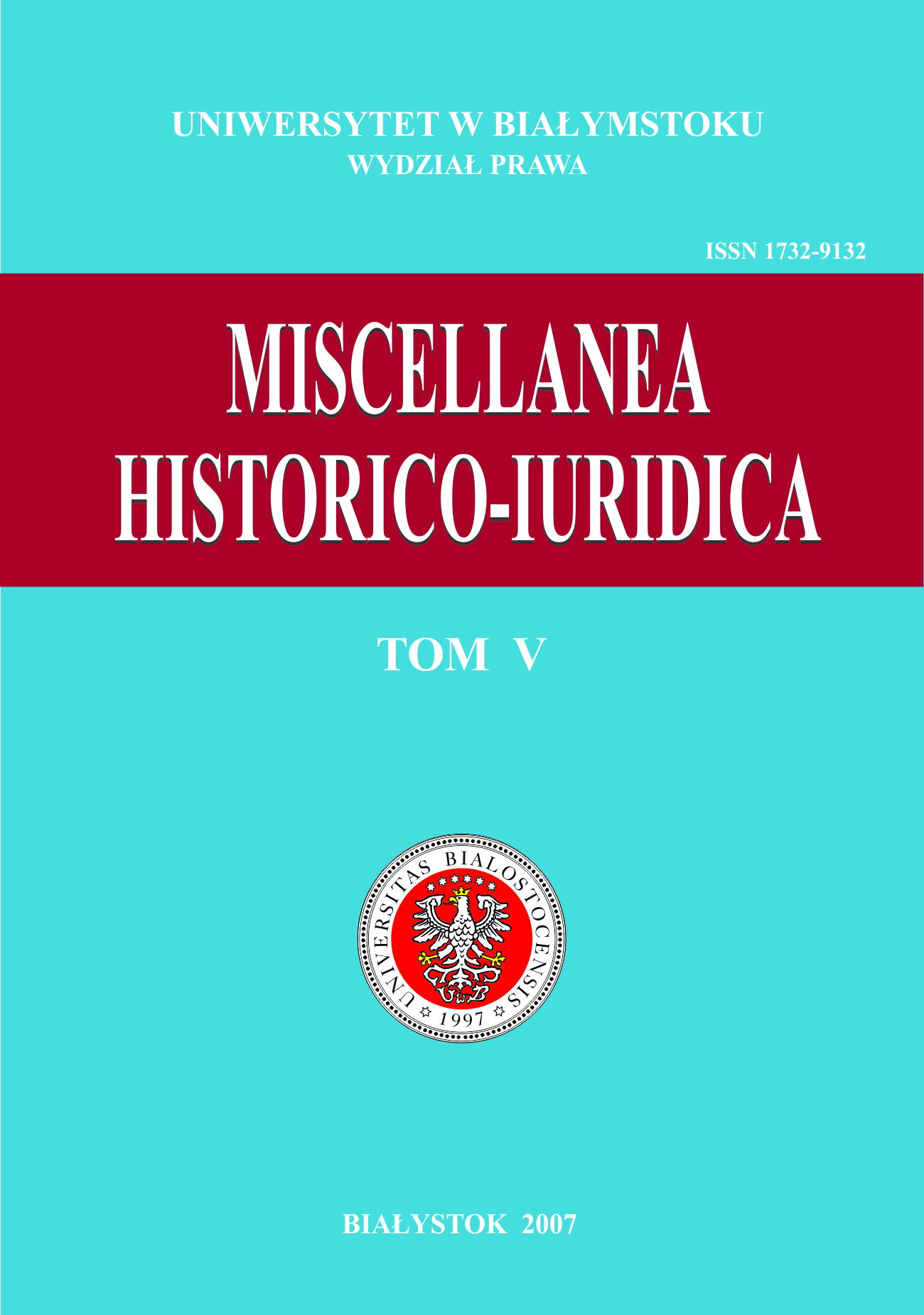Konkubinat w przedkodeksowym prawie kanonicznym Kościoła katolickiego
Abstract
The question of concubinage was very often mentioned in the sources and works of the pre-Code law of the Catholic Church. Living in a public concubinage was treated as manifest grave sin, which was condemned and punished by canonical penalties. The provisions of the Council of Trent (1545–1563) mentioned the problem of concubinage in the context of proper application of sanctions. If there were any doubts, the Sacred Congregation of the Council was competent to resolve them. All the other problems related to the issue were solved by the Roman Congregations, such as the Sacred Congregation of the Universal Inquisition, the Sacred Congregation for the Propagation of the Faith and the Sacred Congregation of Bishops and Regulars. After Tridentinum, Popes treated the problem of concubinage with utmost attention. Apostolical constitutions and encyclicals were published, in which they informed the Christ’s faithful about the consequences of living in such extra-marital union. These explanations played an important role in the uniform application of canon law. Many of them were subsequently included into Code of Canon Law, which was promulgated in 1917.







